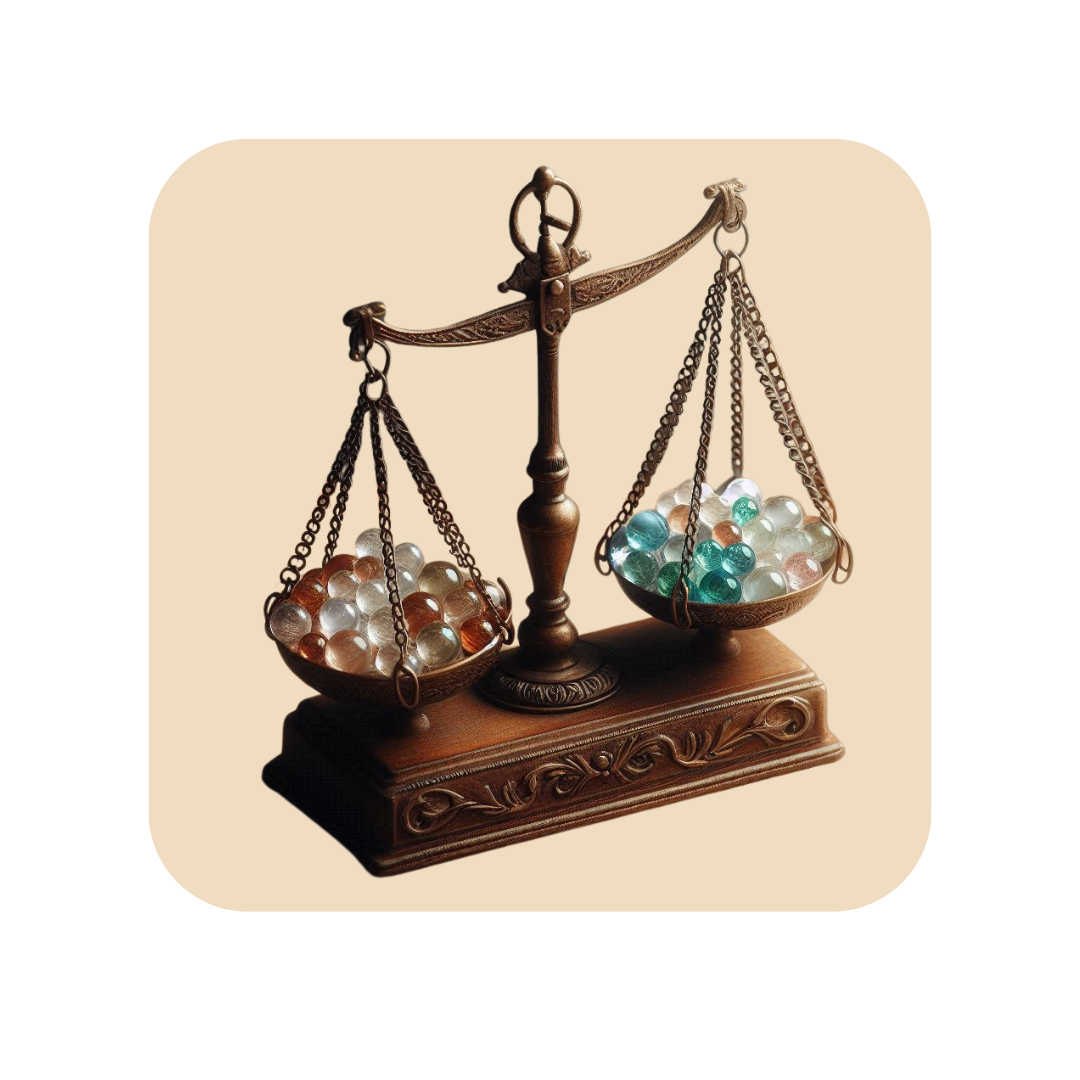
Adding Weight to Stuffed Animals: Exploring Different Materials
Share
Stuffed animals are cherished companions, providing comfort and joy to people of all ages. Sometimes, adding weight to these cuddly creatures can enhance their realism and provide a more comforting feel (we talk all about the benefits of adding weight to a stuffed animal here).
Various materials can be used to add weight to stuffed animals, each offering unique advantages. Among these materials, non-toxic glass beads stand out as a particularly beneficial option. Let's dive into the different types of materials used to add weight and why non-toxic glass beads are a fantastic choice.
Types of Materials Used to Add Weight
- Rice or Beans. Primarily used for DIY stuffed animal projects, may consist of any natural grain that can be readily found at any grocery store.
- Benefits: Provides a soft, flexible weight. Easily accessible. Inexpensive.
- Drawbacks: Susceptible to pests and mold over time. Not washable.
- Sand or Pebbles. Readily accessible from any craft store, this includes fine grains or small stones used as a heavier filling.
- Benefits: Adds significant weight, creates a natural feel.
- Drawbacks: Difficult to clean, can be messy if the toy gets damaged.
- Plastic Poly-Pellets or Beads. Primarily used for mass-produced stuffed animals, poly-pellets are small beads typically made from polyethylene.
- Benefits: Widely available, affordable, and easy to use.
- Drawbacks: Can be noisy and may not provide as much weight as other materials. May pose choking hazard if stuffed animal gets damaged.
- Steel or Metal Beads. Primarily used for
- Description: Small metal beads used for a dense weight.
- Benefits: Provides substantial weight, durable.
- Drawbacks: Expensive. Can rust if exposed to moisture. Very noisy. Uncomfortable texture.
- Non-Toxic Glass Beads. Small, smooth glass beads that are safe and non-toxic. Typically used in high quality commercial stuffed animals, especially those produced with health-conscious consumers in mind.
- Benefits: Even weight distribution, non-toxic, durable, and washable.
- Drawbacks: More expensive than some other options.
Why we use Non-Toxic Glass Beads for our Cuddly Friends
We prefer non-toxic glass beads to add weight to our stuffed animals. Here are a couple reasons:
- Safety: As the name suggests, non-toxic glass beads are safe to use. They do not contain harmful chemicals or materials, making them an excellent choice for toys intended for children or individuals with sensitivities.
- Durability: Glass beads are incredibly durable and do not degrade over time. This means that stuffed animals filled with glass beads can maintain their weight and shape for years without the beads breaking down or losing their effectiveness.
- Even Weight Distribution: The smooth, round shape of glass beads allows for even weight distribution within the stuffed animal. This helps the toy maintain its shape and provides a balanced, realistic feel that enhances comfort and cuddling.
- Washable: Unlike organic materials like rice or beans, glass beads can be washed without the risk of damage. That said, we still recommend avoiding the washing machine as it may disfigure your stuffed animal. We suggest alternative means for spot cleaning and disinfecting your stuffed animals here.
- Noise-Free: Glass beads are generally quieter than plastic pellets or other materials, providing a more pleasant experience when handling the stuffed animal.
Adding weight to stuffed animals can enhance their realism and comfort. While there are many materials to choose from, non-toxic glass beads offer a unique combination of safety, durability, even weight distribution, washability, and a noise-free experience. They are an excellent choice for creating weighted stuffed animals that are not only delightful to hold but also safe and long-lasting.
